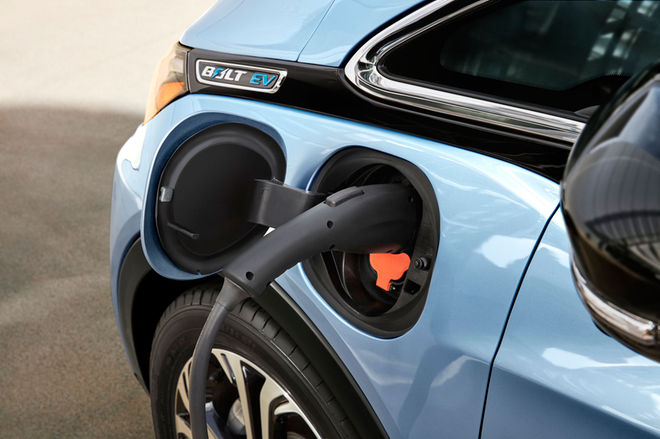
Today, plug-in cars make up just one-tenth of 1 percent of the global car market. But according to Bloomberg’s projections, electric cars could reduce demand for oil so much that we could be facing an oil crash a lot sooner than previously thought.
In a recent report, Bloomberg predicts just when the oil crash could happen. To create such a crash, not everyone has to start driving electric vehicles, Bloomberg contends. It only takes just enough reduced demand to cause a glut of unwanted oil.
If global EV sales grow at their current rate, which is about 60 percent, then an oil crash can happen as early as 2023. At that point in time, EVs would be displacing demand for 2 million barrels a day, or enough to create an excessive amount of oil equivalent to what we saw during the 2014 oil crisis.
As it turns out, assuming that EV sales will keep growing at a 60-percent rate may be optimistic. For a less aggressive estimate, Bloomberg then predicted when an oil crash would occur if EV sales grew below current rates. If EV sales end up growing 45 percent a year, we might see an oil crash in around 2025. Go down to a more conservative 30-percent growth rate, and the timeline shifts back a few years to 2028.
But just how will electric vehicles proliferate in the future? Part of the answer is that batteries will become lighter, smaller, and cheaper. Automakers like Tesla, Nissan, and Chevrolet promise to bring cheaper EV with long ranges to market over the next few years. And according to Bloomberg, it’s not unreasonable to assume that EVs may command a 50-percent market share among new vehicles by 2040.
However, there are still a few factors that could turn the tables. If automakers don’t follow through on building cheaper EVs or if the charging infrastructure remains limited, the picture may look different. The potential for increased oil demand among developing countries could also counterbalance the growth of EVs
